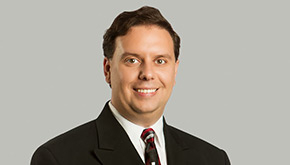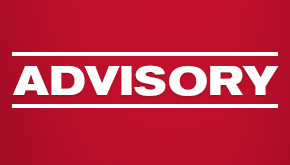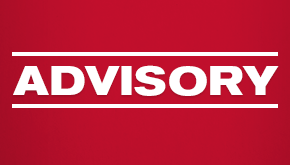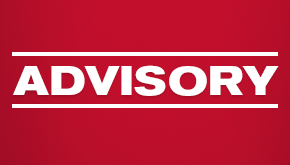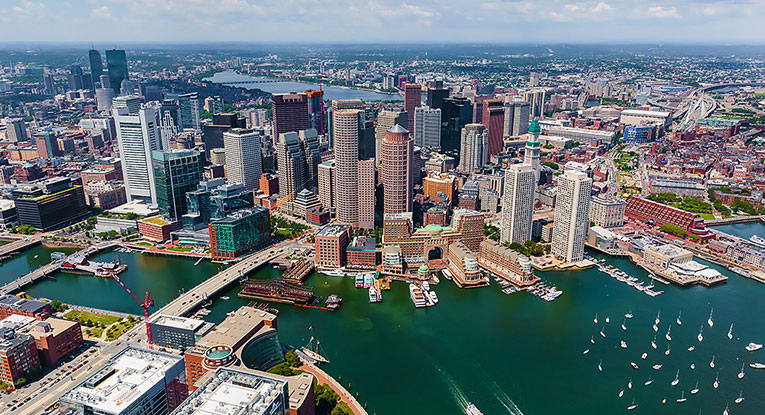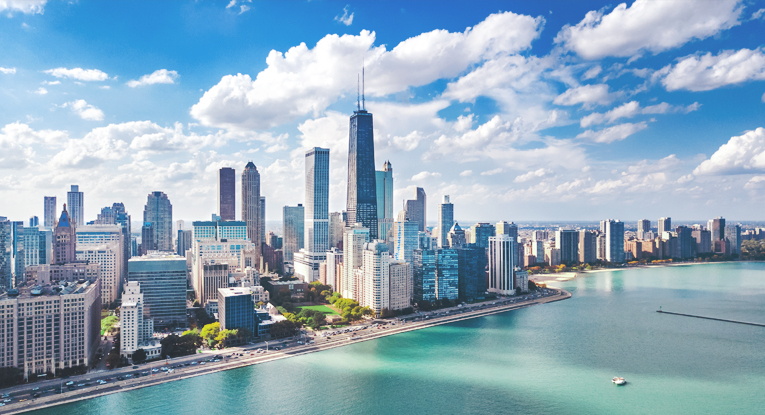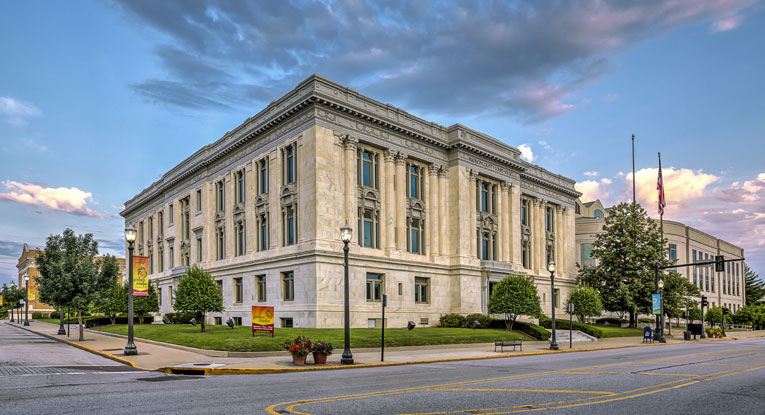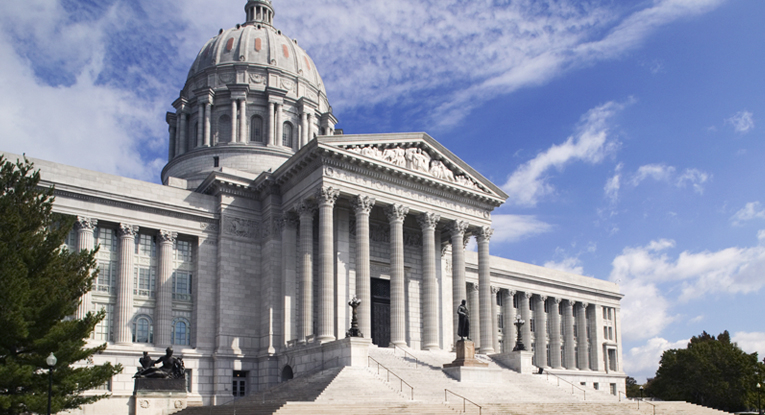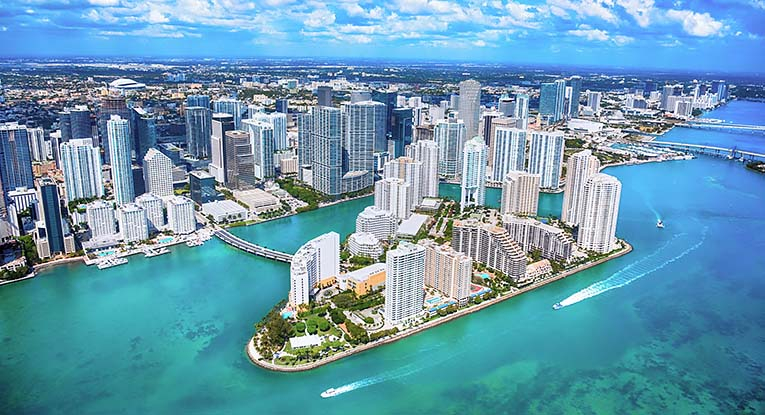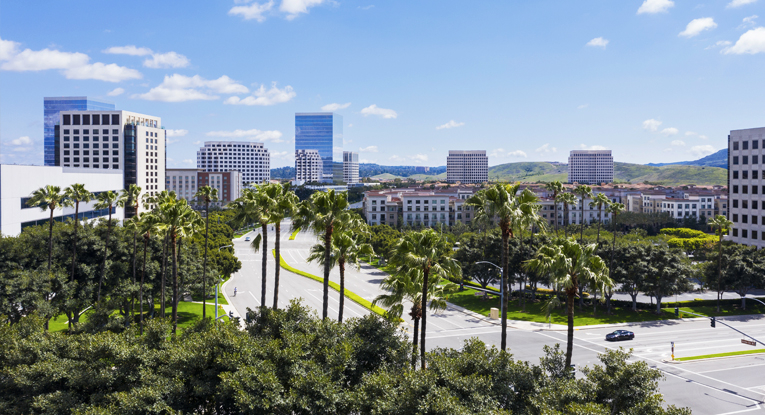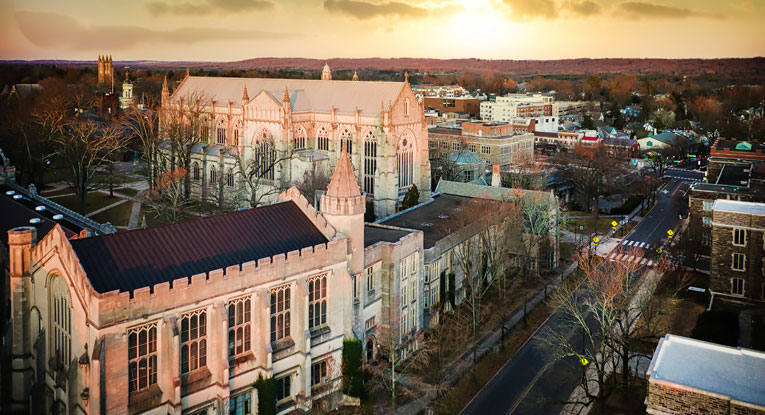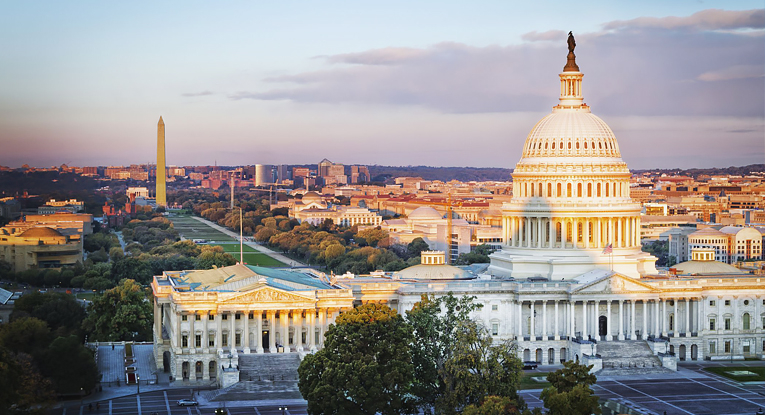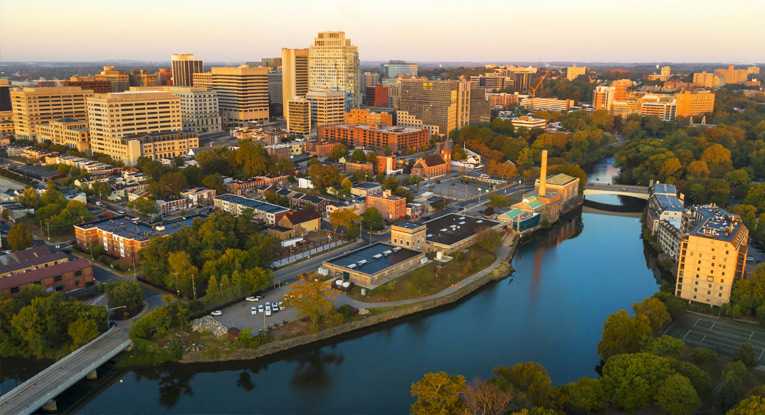USPTO Offers Deferred Subject Matter Eligibility Response (DSMER) Pilot Program
The current framework for determining patent subject matter eligibility flows from U.S. Supreme Court decisions in Mayo Collaborative Services v Prometheus Laboratories (Mayo) and Alice Corp. v CLS Bank International (Alice). The analysis under Mayo and Alice is often difficult to apply and can yield unpredictable results from application to application, and from forum to forum. The Deferred Subject Matter Eligibility Response (DSMER) Pilot Program is an effort by the U.S. Patent and Trademark Office (USPTO) to discover potential improvements in efficiency and quality of examination.
Upon selection, the DSMER Pilot Program allows applicants to wait until novelty, obviousness and other issues are resolved before substantively addressing subject matter eligibility. Recognizing the inherent factual inquiries bound up in current patent subject matter eligibility jurisprudence, the DSMER Pilot Program gives applicants and examiners the benefit of a developed record on questions of what is an inventive concept, what is well understood, routine or conventional activity, or what is a new and useful application of an otherwise ineligible concept, before staking out positions on eligibility.
How does the DSMER Pilot Program Work?
The Pilot Program is by invitation only for original nonprovisional utility applications and national stage applications derived from an international application under the Patent Corporation Treaty. (The application cannot claim priority to an earlier nonprovisional application, and cannot be accorded special status, e.g., expedited examination or otherwise advanced out of turn.) Invitations are made in qualifying applications (according to criteria listed in the Federal Register) as a form paragraph in a first action on the merits, which must include rejections on both subject matter eligibility and non-subject matter eligibility grounds. (Non-subject matter eligibility grounds include rejections for utility, inventorship, enablement, written description, definiteness, novelty, non-obviousness or double patenting.) Invitations may appear in first actions issued by certain primary examiners during the period from Feb. 1 to July 30, 2022. An applicant enters the Pilot Program according to the instructions in the form paragraph and by submitting a timely response to the first action along with a completed PTO/SB/456 form.
The Pilot Program temporarily waives an applicant’s burden to respond to subject matter eligibility rejections until either final disposition or the withdrawal or obviation of all other outstanding rejections, whichever occurs earlier. As long as there are other issues of patentability to be resolved, the Pilot Program allows applicants to focus on those issues in responding to at least the first action on the merits. Although the Pilot Program relieves applicants of the duty to respond to a subject matter eligibility rejection, examiners will continue to consider whether applicants’ amendments or remarks overcome the subject matter eligibility rejections and will issue subsequent actions accordingly. If a subsequent action is a final disposition (e.g., final action, allowance, etc.) or all non-subject matter eligibility rejections are overcome, then the application exits the Pilot Program and the waiver is ended. Once an application exits the Pilot Program, the applicant must address all outstanding rejections, including subject matter eligibility rejections, and the regular course of examination resumes.
What are the advantages and disadvantages?
The Pilot Program should simplify the application of the eligibility framework during examination by extracting underlying factual considerations and joining them with the more objective determinations of novelty, non-obviousness and definiteness in the early stages of examination. Applicants taking full advantage of the Pilot Program can aggressively traverse issues of patentability and potentially obviate subject matter eligibility issues along the way without having to explicitly address eligibility. Once an application exits the Pilot Program, eligibility may be revisited in view of the developed record. For example, while in the Pilot Program, an applicant may amend the claims or enter remarks relevant to the factual aspects of eligibility. Likewise, the examiner may concede factual elements of novelty and non-obviousness that bear on eligibility. Deferring eligibility considerations allows applicants to avoid rearguing eligibility of amended claims or, perhaps, avoid entering amendments or remarks that prove unnecessary once the primary contours of novelty and non-obviousness are established.
For applicants, the Pilot Program’s most immediate impact will be on two critical dimensions: time and cost. Some applicants will experience reductions in both, particularly in technologies where eligibility is a less potent rejection. Prosecution can still be compact: responses will be simpler and eligibility rejections will become moot. Others, in technologies more vulnerable to eligibility rejections, such as software or biologics, will experience the cost savings of simpler responses, but may ultimately receive more actions on the merits to cover the same ground in traversing subject matter eligibility rejections. Applicants should also consider whether a given application should be examined out of turn through one of the various options at the USPTO (e.g., prioritized examination or the Collaborative Search Pilot Program). Participation in such programs cannot be combined with the DSMER Pilot Program, as doing so would not reveal any potential improvements in efficiency or quality for regular examination.
The DSMER Pilot Program stands to improve examination for technologies and applicants where deferring eligibility considerations meets their needs. When receiving invitations to the Pilot Program, applicants should weigh these considerations and consult patent counsel for a comprehensive assessment for their patent application.



